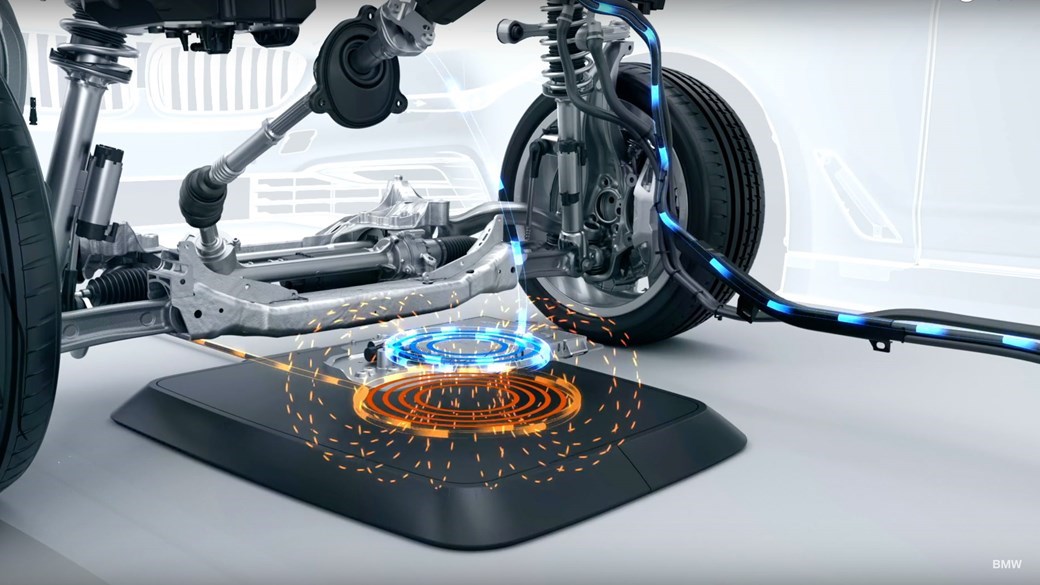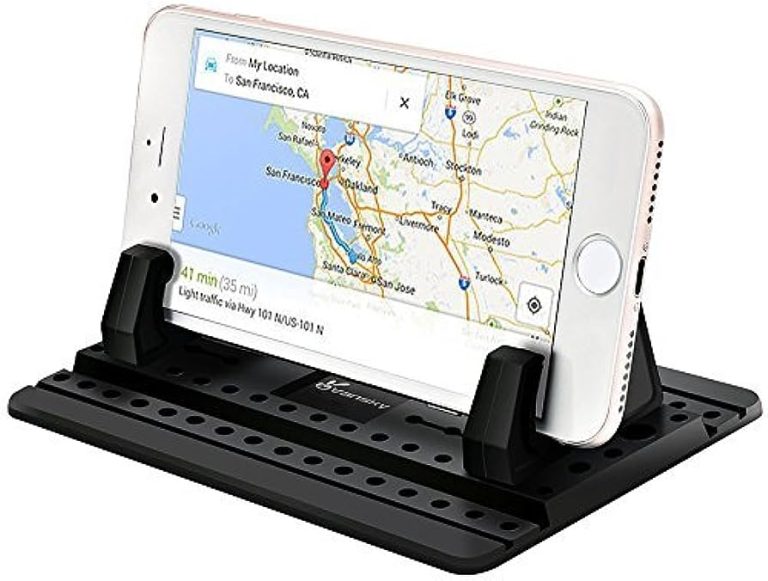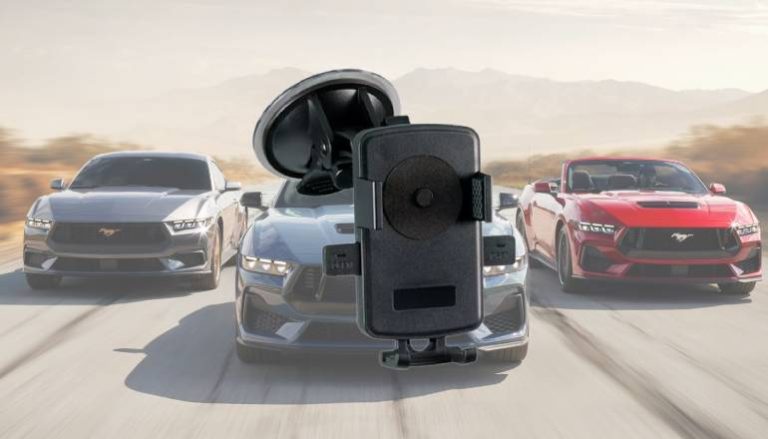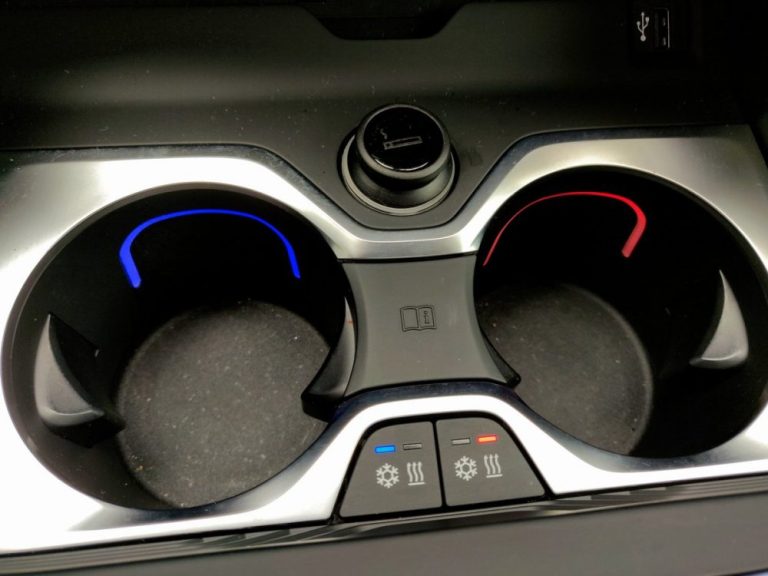How does a wireless car charger work for electric vehicles?
Are you tired of tangled cables and the hassle of traditional car chargers? Imagine a world where you could charge your electric vehicle effortlessly, without the need for any physical connection. With the advent of wireless car charging technology, this dream is becoming a reality. By harnessing the power of magnetic coils, wireless EV chargers allow you to power up your vehicle simply by parking it in the right spot. No more fumbling with cables or searching for charging stations. In this article, we will dive into the fascinating world of wireless car chargers and explore how they work their magic to keep your electric vehicle on the move.
how does a wireless car charger work
A wireless car charger works through inductive charging, which transfers electricity through an air gap using magnetic coils. When an electric vehicle (EV) parks over the charging pad, the wireless charging is activated, eliminating the need for cables. The technology is similar to wireless phone charging but on a larger scale. Vehicle manufacturers are experimenting with wireless charging, and some are interested in adding it as a standard feature. Various companies are developing wireless charging technology with different power efficiency and charging distances. There are also different standards for wireless charging, with Qi being the most popular. Many car models now offer built-in wireless charging, and aftermarket chargers are available for those without.
Sources
https://www.lifewire.com/is-it-possible-to-charge-phone-wirelessly-car-534778
https://www.techradar.com/news/wireless-electric-vehicle-charging
https://www.motorbiscuit.com/what-is-wireless-charging-in-car-and-how-does-it-work/
https://www.drivingelectric.com/your-questions-answered/40163/wireless-charging-for-electric-cars-explained
Check this out:
💡 Pro Tips:
1. Wireless car chargers use inductive charging technology, which creates a magnetic field to transfer electricity through an air gap between the charger and the car.
2. The charging pad is installed on the ground, and when an electric vehicle parks over it, the charger is activated and starts transferring power wirelessly.
3. Some wireless car chargers have a range of up to 10-25 cm, allowing for flexible positioning of the vehicle over the charging pad.
4. Wireless car chargers are available in both built-in options for specific car models and aftermarket options that can be installed in any car.
5. When choosing a wireless car charger, consider the design and price that best fits your preferences and budget, as there are various options available in the market.
Similarities Between Wireless Car Charging And Wireless Phone Charging.
Wireless EV charging is not a concept foreign to most people, as it shares similarities with wireless phone charging. Both technologies employ the use of inductive charging, which allows electricity to flow between devices without the need for physical cables. However, while wireless phone chargers mainly focus on charging small devices like smartphones, wireless EV chargers operate on a larger scale to power electric vehicles.
How Electric Vehicles Can Be Charged Without Cables.
Unlike traditional vehicles that rely on combustion engines, electric vehicles (EVs) harness the power of lithium-ion battery technology. These batteries serve as the primary energy source for the vehicle’s operation. To replenish the battery’s power, EVs are typically connected to a charger using a cable. However, with the advent of wireless technology, EVs can now be charged without any physical connections.
The Concept Of Inductive Charging And How It Works.
Inductive charging lies at the heart of wireless car charging. This technology allows the transfer of electricity through an air gap between two magnetic coils. The charging pad, typically installed on the ground or embedded in a parking spot, contains one of these coils, known as the primary coil. On the other hand, the vehicle is equipped with a secondary coil that receives the electrical energy from the primary coil.
When an EV parks over the charging pad, a magnetic field is created by alternating electrical current flowing through the primary coil. This magnetic field induces an electric current in the secondary coil, which then charges the vehicle’s battery. The efficiency of the charging process can be affected by factors such as the distance between the coils and the alignment of the coils’ magnetic fields. Companies like Plugless Power and WiTricity are actively developing inductive charging solutions with increased efficiency and larger charging distances.
Vehicle Manufacturers Experimenting With Wireless Charging Technology.
Leading vehicle manufacturers, such as BMW and Genesis, are embracing the potential of wireless charging technology for electric vehicles. These manufacturers recognize the convenience and efficiency that wireless charging can offer to EV owners. Some vehicle manufacturers are even considering incorporating wireless charging as a standard feature in future models, providing users with greater flexibility when it comes to charging their electric vehicles.
Trials And Installations Of Wireless Charging Pads In Certain Areas.
Trials and installations of wireless charging pads are underway in various regions to assess the feasibility and practicality of this technology. For example, in Buckinghamshire, UK, a project has been initiated to install 10 wireless charging pads in parking spaces. These pads would enable EV owners to conveniently charge their vehicles without the need for cables. Such initiatives demonstrate the growing interest and commitment towards wireless charging as a viable option for electric vehicles.
Companies like Qualcomm, with their Halo technology, claim to offer wireless charging at high power levels of up to 22kW. Additionally, the concept of embedding chargers in roads is an exciting prospect for the future of electric car technology. This concept envisions electric vehicles charging while driving on specially designed roads, eliminating the need for frequent stops at charging stations.
Conclusion
In conclusion, wireless car charging for electric vehicles operates on the principles of inductive charging, similar to wireless phone charging. The transfer of electricity occurs through an air gap using magnetic coils. Vehicle manufacturers are actively experimenting with wireless charging technology, with trials and installations taking place in various areas. As this technology continues to evolve, the goal of incorporating wireless charging into daily life – be it through built-in solutions or aftermarket options – becomes increasingly feasible. With the elimination of cables, wireless charging offers convenience while maintaining the ability to charge electric vehicles efficiently.







